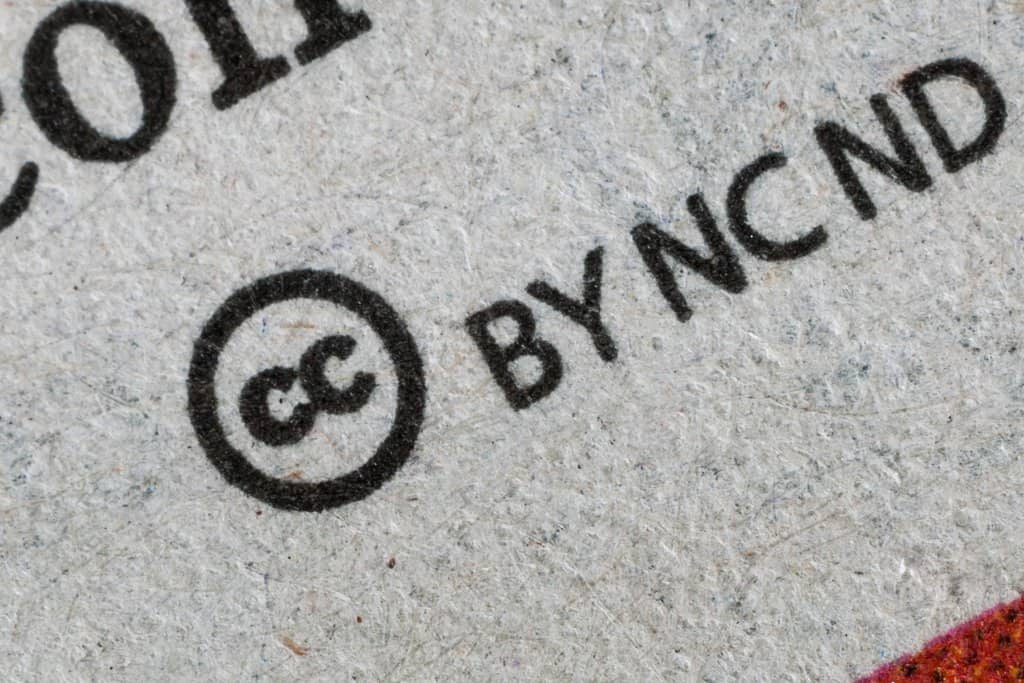
In an ideal world, you could always trust online sellers to keep everything above-board. Sadly, this isn’t an ideal world, and the sheer scope, convenience, and popularity of the marketplace make it a breeding ground for unethical Amazon seller tactics. They know that even a basic association with Amazon affords them some measure of unearned credibility.
It’s easier to get people to be wary about items sold through marketplaces like eBay because the sites themselves don’t sell anything. This conditions people to read up on the actual sellers instead of trusting the marketplace brands.
Things are different on Amazon.
Since it’s a merchant in its own right and likes to put the focus on products with the attached sellers not presented as significant, many assume that anything on Amazon is going to be legitimate.
Understandably, this is a great source of frustration for Amazon sellers committed to operating fairly. If you’re in that position, you need to stay vigilant — not only can you struggle to compete with sellers acting unethically, but you can also fall victim to direct efforts to undermine you.
To give you an idea of what to look out for, let’s look at 5 of the most morally-objectionable tactics being used by Amazon sellers today:
Unethical Amazon Seller Tactic # 1: Selling Counterfeit Products
As noted, Amazon lists by specific product varieties with unique SKUs, so when you search for a certain item with enough detail, you’ll get just one result with any number of sellers attached: it might be none (leading to the “Currently unavailable” note), or one, or several. Unfortunately, the system for picking up sellers can only be so smart, and it ultimately needs to trust that the sellers who choose to list that item actually have it to sell.
In far too many cases, as it happens, sellers don’t have the items they created product listings for.
They simply create the listings using resources taken from manufacturer product pages and even genuine listings from Amazon or other marketplaces, undercut other sellers with their listed prices, then take orders and fulfill them with counterfeit items.
Sellers can get away with this more often than you’d think since inaccuracies in product descriptions are sufficiently common that most buyers won’t object too readily. Now, Amazon does have an Anti-Counterfeiting Policy and a system (Project Zero) designed to use machine learning to detect and remove counterfeits, but it isn’t flawless. Keep an eye out for false listings for any products you sell, and flag up anything questionable.
These Amazon guidelines about counterfeit products:
* The sale of counterfeit products is strictly prohibited.
* You may not sell any products that are not legal for sale, such as products that have been illegally replicated, reproduced, or manufactured
* You must provide records about the authenticity of your products if Amazon requests that documentation
Failure to abide by this policy may result in loss of selling privileges, funds being withheld, destruction of inventory in our fulfillment centers, and other legal consequences.
Source: https://sellercentral.amazon.com/gp/help/help.html?itemID=201165970
Unethical Amazon Seller Tactic # 2: Gaming the Machine Learning Process

Machine learning has plenty of uses (for flagging counterfeits, as noted, and for providing exceptional product recommendation functionality), but it isn’t as smart as AI novices tend to think — and it can be gamed if you know how to do it.
It essentially comes down to artificially replicating the natural actions that provide the data for the algorithms to analyze.
How does this work? Well, let’s say an unethical seller wanted to get more attention for their product by implicitly linking it to a very popular and somewhat-related product: that seller could program bots to flit between those two products, and even have them order them together (most if not all of the orders could be canceled).
Provided it ensured that the frequency was kept plausible and the locations suitably feigned, it could successfully fool Amazon’s system into believing that regular shoppers were seeing those products as related — leading it to recommend the unethical seller’s product as a recommendation on the other product page.
Unethical Amazon Seller Tactic # 3: Faking or Manipulating Reviews

Reviews drive Amazon buys like nothing else. When you head to the site without a specific item in mind, the first thing you’re going to do is filter out anything beyond a certain review threshold — and when you have a particular price range in mind and there isn’t a standout brand, you’ll opt for whichever option has the best aggregate review rating. So, it’s no surprise that certain sellers put a lot of time into faking or manipulating reviews.
With their own reviews, they can use the irritating tactic of setting a wide selection of products as variants of a single product. This is such a headache because of how Amazon groups reviews: if products A, B, C, and D are all logged as variants of the same item, then a review for one will show up as a review for each of the others (at least, unless the shopper knows to filter the reviews).
They can then use one well-reviewed product to prop up others. With competitor reviews, they can simply leave fraudulent feedback that makes it seem as though those sellers are trying to inflate their ratings.
You don’t actually need to buy a product to review it, and not everyone understands what a verified purchase means (plus that doesn’t always help). If you see your listings filling up with sketchy reviews, flag them with support.
Unethical Amazon Seller Tactic # 4: Hacking into Competitor Accounts

You don’t really need to worry about people hacking into your account and deleting it since you’d be able to chase it up with Amazon support and get your account restored without too much trouble. Yes, you’d be out of operation for a short while, but the hackers would need to worry about getting traced and caught, so there isn’t too much point in taking that risk.
You do, however, need to worry about hackers getting into your account and making changes — potentially fairly subtle ones that you don’t think to check for quite a while. You might one day notice that one of your products has an inaccurate description, or images you never put there, or a price point you never set… all things that could have negatively affected sales.
In addition to keeping backups of the content on your Amazon account, you should keep an eye on everything from your copy to your product range (and even your bank account details). If something shifts and neither you nor anyone you’ve granted access claims ownership, then you might be in trouble. Change your login details, and reach out to support.
This is also a good reason to maintain a presence on at least one other marketplace.
I mentioned eBay earlier, but there are also sites like Etsy that can be viable if your product lineup matches. Looking ahead, there’s also Shopify making a concerted effort to rival Amazon with a similar kind of expansion — it started out hosting online stores but is now investing in providing access to a fulfillment network. Amazon can stay your primary marketplace, but keep an eye on alternatives to safeguard your business in the event of a major problem.
Unethical Amazon Seller Tactic # 5: Abusing Copyright Protections

Whether you’re guarding your trademarks or simply the product photos you paid to have made, you can be completely justified in seeking action against rival sellers overstepping copyright boundaries. However, perhaps more often than not, accusations of infringement aren’t reasonable reactions to legitimate slights: they’re lies intended to disrupt other merchants.
If I sold a particular type of product through Amazon, and often found my prices being beaten by one seller in particular, I could issue (likely through another account) a copyright infringement claim holding zero merit. It wouldn’t hold up, of course, but if I could find some way to make it look even vaguely plausible, it could result in the temporary suspension of the accused account.
As with picking up counterfeit products, Amazon is making a concerted effort to stop this happening, but there will similarly be to an absolute solution. If you think there’s even a chance that you’ll fall victim to this type of attack, make an effort now to start documenting everything you do and have all relevant materials ready to be inspected at a moment’s notice.
This list of unethical Amazon seller tactics isn’t comprehensive, but it does cover some of the most common and annoying problems facing legitimate sellers. Keep them in mind as you attempt to grow your Amazon presence because the bigger it gets, the more likely you’ll be to be targeted.

About the Author
Patrick Foster is an eCommerce entrepreneur, coach, and writer.
After several years as both a solopreneur and as a consultant to fellow eCommerce entrepreneurs, Patrick’s sole focus now is his online resource and community hub, Ecommerce Tips.
Visit Patrick’s blog or follow him on Twitter @myecommercetips for the latest advice




